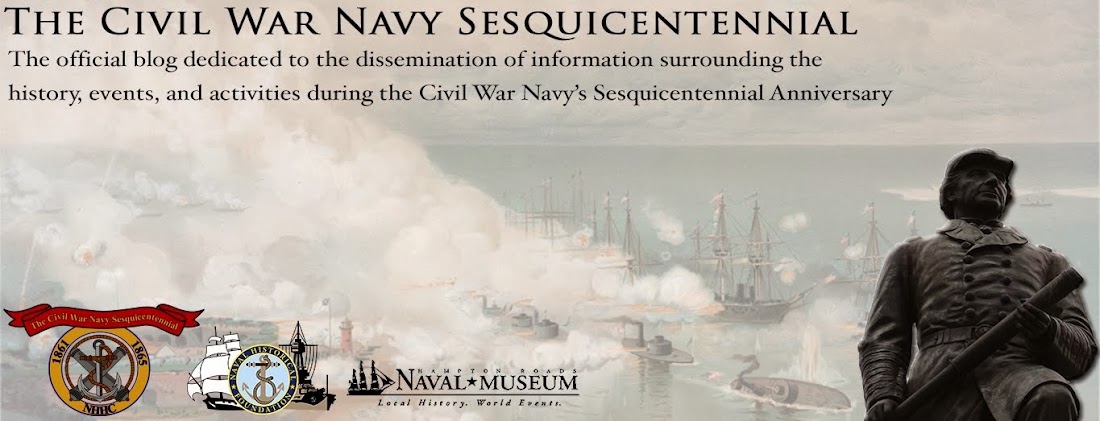 |
| Matthew F. Maury |
The idea behind the plan was this: As the span became entangled in the ship's hawse and the barrels were pulled alongside by the tidal wash, the tightening line would activate the triggers, setting off a fuse igniting the powder that would explode below the vessels' waterlines.
When he thought he was in correct position, Maury quietly ordered the first mines released. Then the next set. Finally, all were safely off. The twenty-five Confederates tensed, waiting to hear the explosions as they hurriedly rowed back toward Sewell's Point stillunchallenged by any Union patrol vessels.
As they drew closer and closer to safety, the Confederates heard only their muffled oars. There were no shattering blasts, secondary explosions, and alarm bells and trumpet calls, only the sounds of a summer Tidewater night.
All knew the raid had failed. Ashore, Maury scrutinized each detail to pinpoint what had gone wrong. "I attributed it to the fact that such a fuse would not burn under a pressure of 20 feet of water” and vowed to try again. When Union forces found the washed ashore mines later, they had another explanation: wet powder.
In late October, another Maury-designed raid again used floating mines to attack frigate Congress off Newport News in Hampton Roads, but it too had gone awry. Nonetheless, Captain Louis Goldsborough, the senior Union officer in the area, warned the skipper of Congress, Commander William Smith, a week after the latest attack to “be on the alert for submarine infernal machines” that could be rowed close to the ship and set adrift to become ensnared in its propeller and set off the explosives in their casks.
Smith wrote back in early November that he was protecting Congress as best he could with a frame in the shape of the letter A floating nearby, placing booms alongside it at night, and keeping grapnels at the ready in case a floating mine came near. Yet with all this attention paid to mines, Smith admitted that the most dangerous challenge to his ship, the raised Merrimack being outfitted with railroad iron and new powerful guns a few miles away in Portsmouth, was receiving scant attention.
“I have not yet devised any plan to defend against Merrimack unless it be with hard knocks.” - Commander William Smith

No comments:
Post a Comment